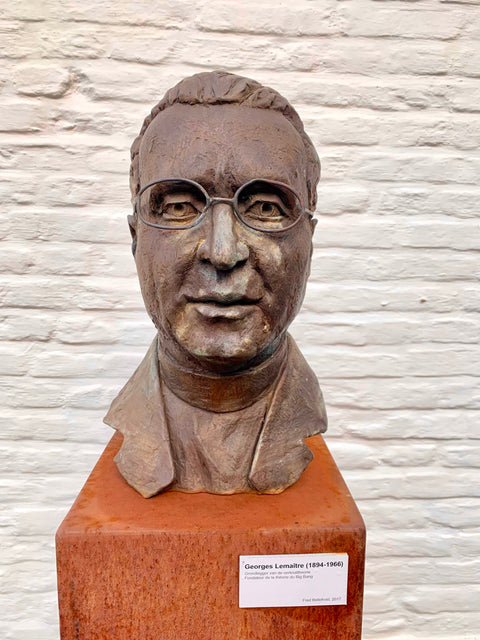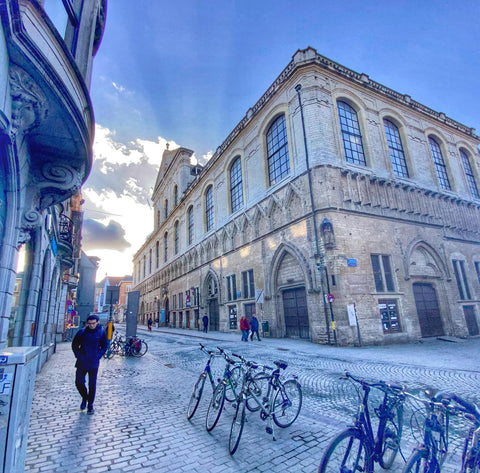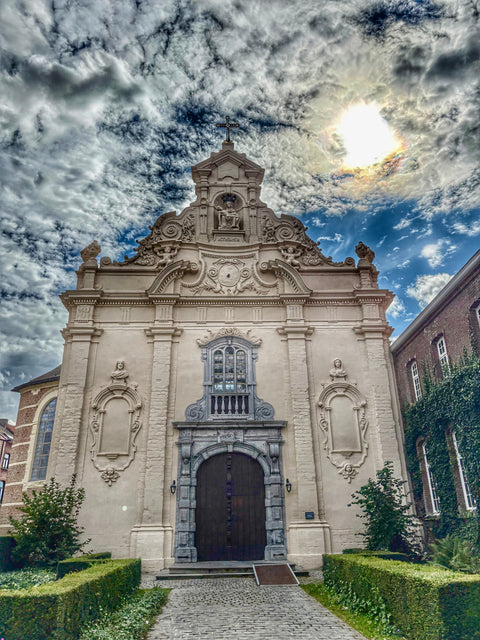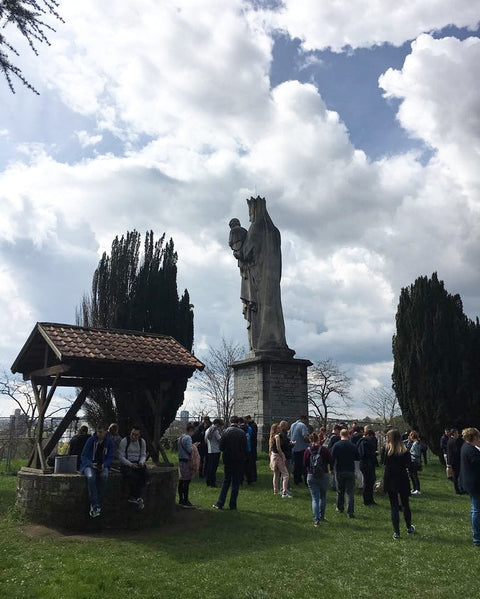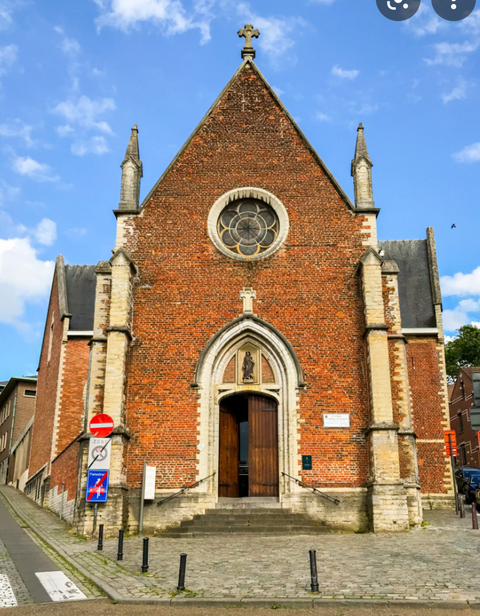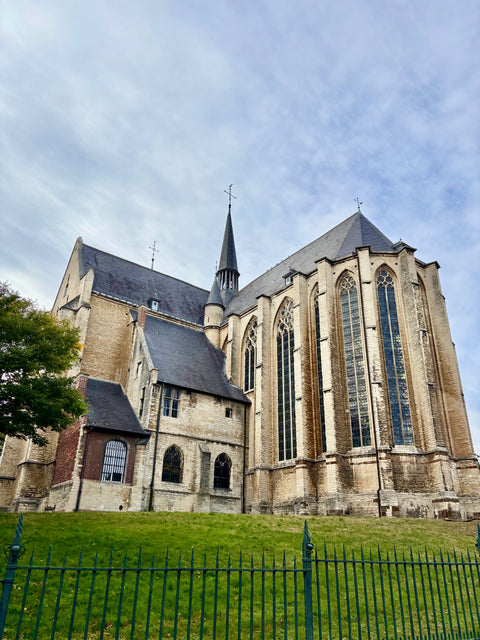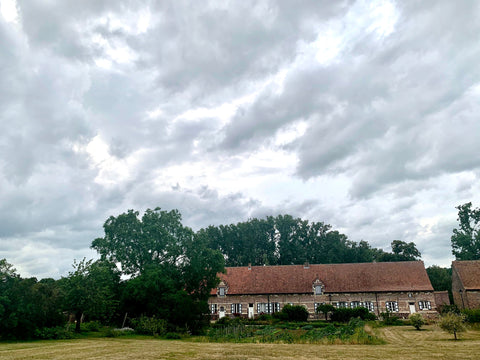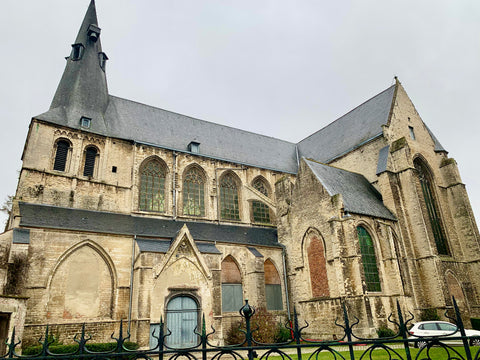Georges Lemaître (1894–1966), KU Leuven professor and cosmologist, proposed the Big Bang Theory in 1927. A brilliant mathematician and man of faith, he remains one of Belgium’s greatest scientific minds.
University Hall in Leuven, located on Naamsestraat, is one of the city’s most iconic landmarks. Built in 1317 as a Gothic cloth hall, it became central to KU Leuven after the university’s founding in 1425. Over the centuries, expansions such as the Baroque Rega Wing and stunning book gallery showcased Leuven’s academic prestige. Despite suffering heavy damage during both World Wars, University Hall survived and remains a symbol of resilience and knowledge. Today, it houses KU Leuven’s Rector’s Office, notable staircases, and modern additions like the award-winning glass extension, blending history with contemporary architecture. A must-visit for anyone interested in Leuven’s history, heritage, and academic tradition.
Discover KADOC in Leuven: a historic Baroque chapel turned cultural archive, now being restored as a hub for art, heritage, and community.
The Keizersberg Abbey in Leuven, built by Benedictine monks in the 19th century, features a remarkable Virgin Mary statue and gardens that double as a public park with stunning city views.
The St. Anthony’s Chapel in Leuven houses the crypt of Father Damien (1840–1889). A global pilgrimage site, it honours the Belgian missionary canonized in 2009 for his work with leprosy patients.
The St. Quentin’s Church in Leuven, built around 1440, is a Gothic parish once renowned for healing prayers. With Romanesque and Gothic elements, it was hailed as Leuven’s most beautiful church.
Nestled in the green countryside of Kessel-Lo, just northeast of Leuven, the Abbey of Vlierbeek is a site rich in history,...
The Saint James’ Church in Leuven, built in the 13th century, is a Romanesque landmark and one of the Seven Wonders of Leuven. Closed since 1964, it awaits restoration and plans to be revived as a bookshop.


